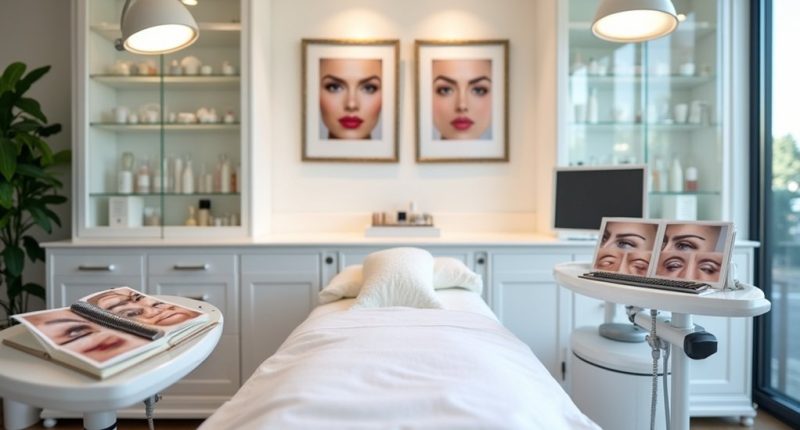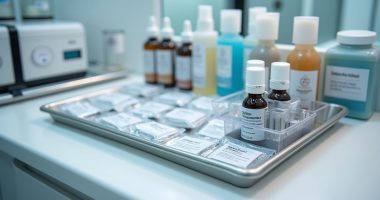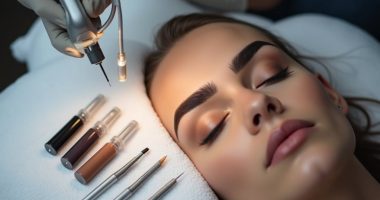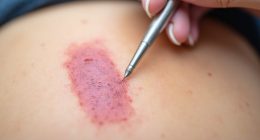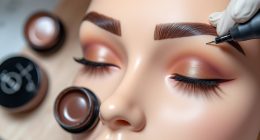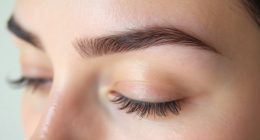Finding the best permanent makeup studio requires homework. Check artist certifications and experience—at least 2-3 years is a must. Studio cleanliness? Non-negotiable. Examine portfolios for healed results, not just fresh work. Day 100 tells the real story. Read independent reviews, not just testimonials on their website. Schedule consultations to assess communication style and professionalism. Trust your gut. Red flags exist for a reason, and your face deserves nothing less.
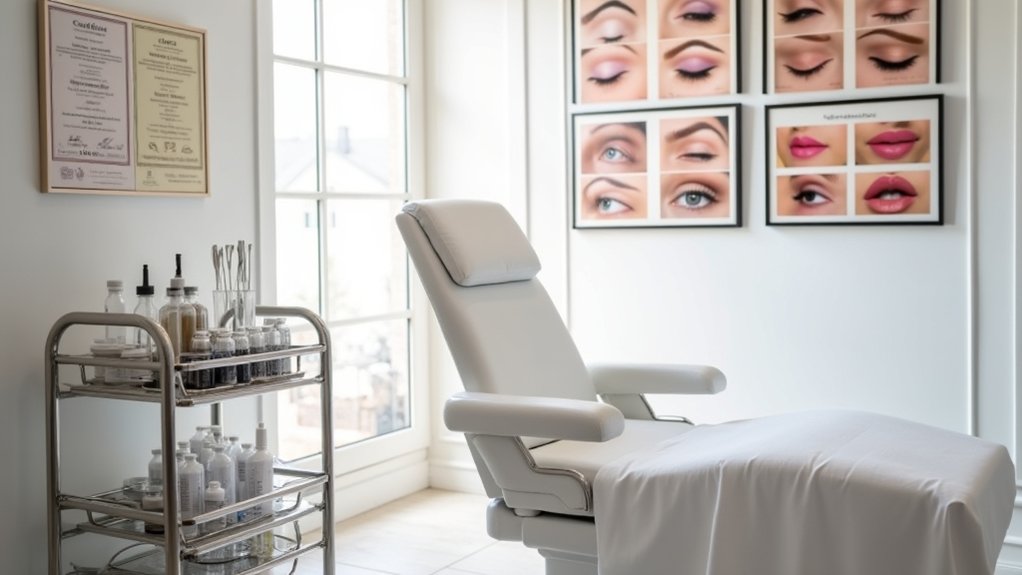
When it comes to permanent makeup, you can't just walk into any studio and hope for the best. The decision to have someone permanently alter your appearance requires serious consideration. Nobody wants to end up with lopsided eyebrows or lips that make you look perpetually surprised.
Artist qualifications should be at the top of your checklist. Proper certifications and licenses aren't optional—they're essential. A qualified artist should have formal training from recognized institutions and at least 2-3 years of hands-on experience. Check if they specialize in the specific procedure you want. Some artists can do it all. Others can't. Simple as that.
Never compromise on credentials—an artist permanently altering your appearance should have proper training, experience, and specialization in your desired procedure.
Studio cleanliness isn't just about aesthetics; it's about your health. A reputable studio follows strict sanitization protocols, uses single-use needles, and adheres to local health department regulations. If the place looks like it hasn't been cleaned since 2010, walk out. Fast.
Examining an artist's portfolio reveals the truth about their skills. Look for consistency across different clients and techniques. Natural-looking results that enhance rather than overwhelm facial features are what you want. And not just fresh work—healed results tell the real story. Anyone can make something look good day one. Day 100 is what matters. Always review before-and-after photos to ensure their styling aligns with your preferences.
Client reviews offer insights that portfolios can't. Independent sites like Yelp and Google don't lie. Well, sometimes they do. But look for detailed feedback about the artist's skill, professionalism, and safety practices. Vague five-star reviews? Suspicious.
Schedule a consultation before committing. This isn't just a chance to discuss your dream brows—it's an interview. Ask about pigments, pain management, and aftercare. A good artist sets realistic expectations and doesn't promise the moon. Ethical practitioners will always prioritize client safety over profit, even if it means referring you elsewhere when necessary.
When considering pricing, remember that permanent makeup is, well, permanent. The cheapest option might cost you more in the long run. Compare prices among reputable studios and understand what's included in the quote. Always verify they use quality pigments to minimize the risk of allergic reactions and poor color retention.
Trust your gut about communication and comfort level. If an artist rushes through your questions or seems annoyed by your concerns, that's a red flag. Your face deserves better. The right artist will treat your concerns with respect and professionalism. Because at the end of the day, you're the one walking around with their work on your face.
Frequently Asked Questions
How Long Does Permanent Makeup Typically Last?
Despite the name, permanent makeup isn't forever.
It typically lasts 1-3 years, varying by treatment area. Eyebrows? 12-24 months. Eyeliner hangs around longer, up to 3 years. Lip blushing can stretch to 5 years.
Multiple longevity factors play roles here – oily skin types fade faster (blame those active sebaceous glands). Sun exposure? Total pigment killer. Swimming pools? Not helpful.
Touch-ups every 12-18 months keep things looking fresh.
Permanent? More like semi-permanent. Marketing at its finest.
Is Permanent Makeup Application Painful?
Pain during permanent makeup? It varies. Most clients report mild discomfort—think eyebrow plucking or light scratching. Nothing earth-shattering.
Some actually doze off during procedures. Seriously.
Pain management techniques make a huge difference. Topical anesthetics (creams, gels) are applied beforehand. They work wonders.
Client experiences differ based on treatment area and personal tolerance.
Eyes and lips? Usually more sensitive than brows.
Anxiety levels play a role too. The artist's skill? Absolutely essential.
What Are the Risks of Getting Permanent Makeup?
Permanent makeup comes with several risks.
Infection risks exist when unsterile needles transmit diseases like hepatitis or HIV. Not pretty. Contaminated inks cause infections requiring antibiotics—yes, even with "hygienic" procedures.
Allergic reactions, while rare, can be a nightmare since pigments are hard to remove. Think itching, redness, and swelling. Sometimes years after the procedure!
Eye complications include eyelash loss and eyelid injury.
And those long-term issues? Fading colors and difficult removal. Fun times.
Can Permanent Makeup Be Removed if I Don't Like It?
Yes, permanent makeup removal is possible, but it's not simple.
Multiple options exist: laser treatments break down pigments, saline solutions draw them out through osmosis, and chemical methods gradually fade unwanted ink.
Not a quick fix, though. Expect 3-10 sessions spaced 6-12 weeks apart.
Complete removal? Not guaranteed. Some colors—looking at you, red—fight harder to stay put.
The process takes months, sometimes over a year. Patience required. And possibly money. Lots of it.
How Much Does Permanent Makeup Cost?
Permanent makeup isn't cheap. Period. Costs typically range from $300-$800 per procedure, depending on several cost factors.
Eyebrows? $400-$600. Eyeliner runs $200-$300 for a single line. Lips average around $590.
Location matters—big cities mean bigger prices. Service packages might save you a few bucks if you're going all-in.
Artist experience dramatically impacts pricing too. Funny how people will drop thousands on handbags but balk at permanent makeup that lasts years. Just saying.
